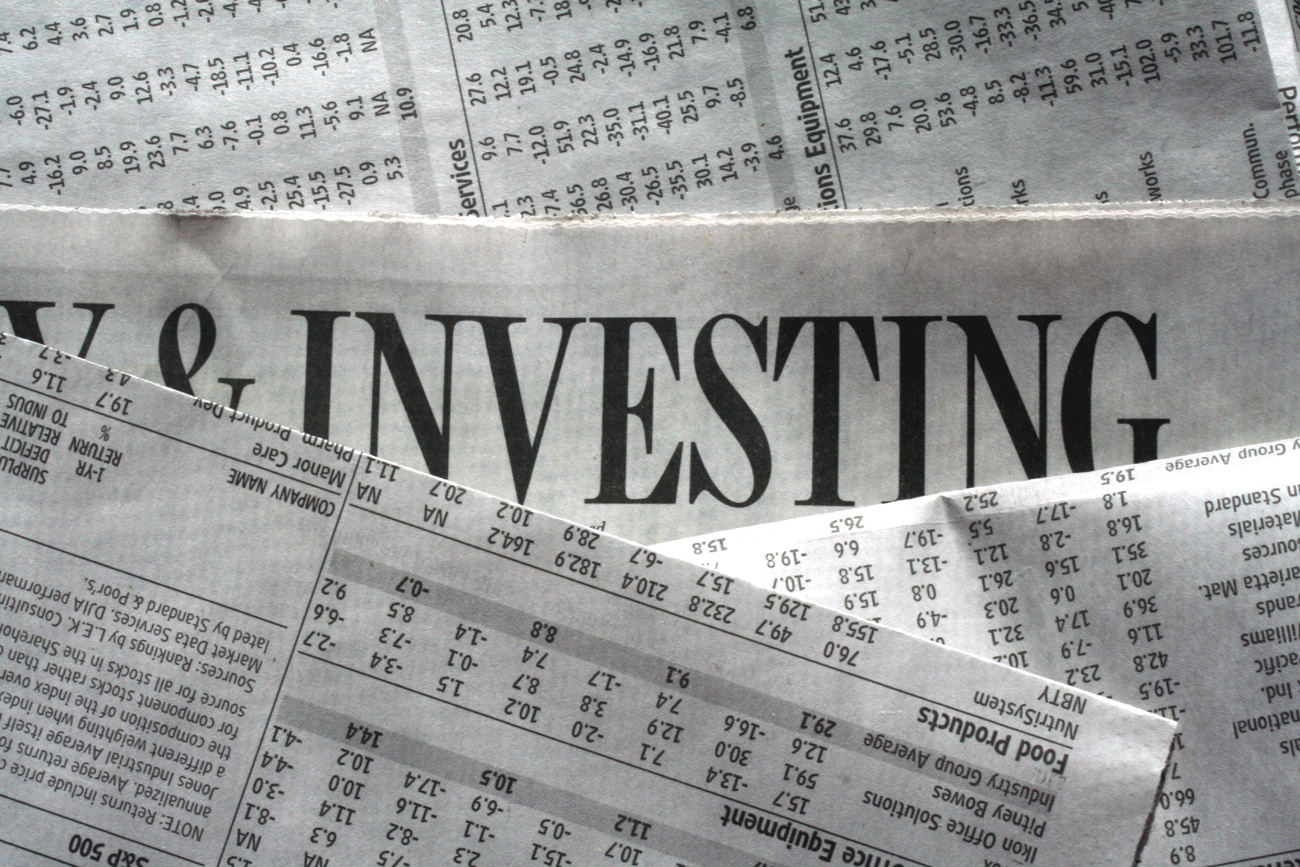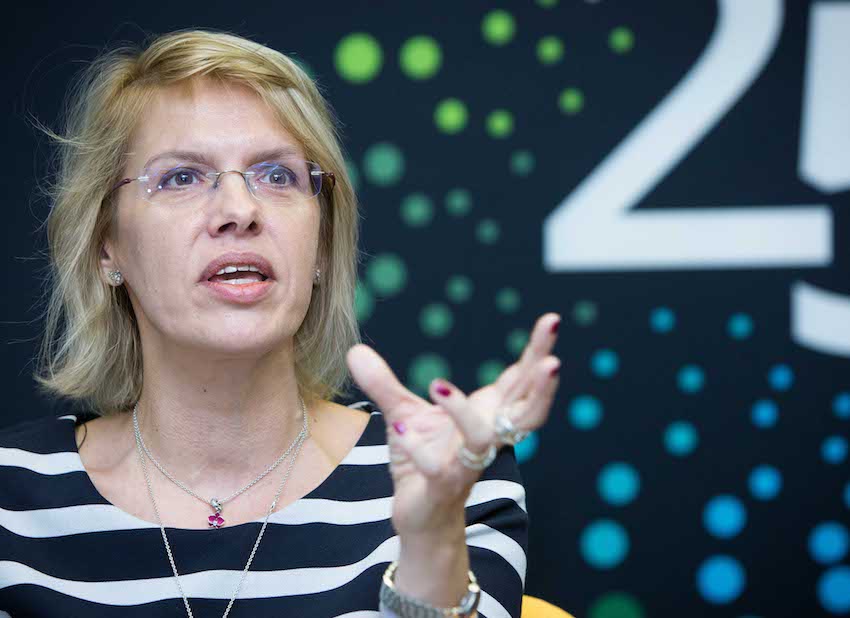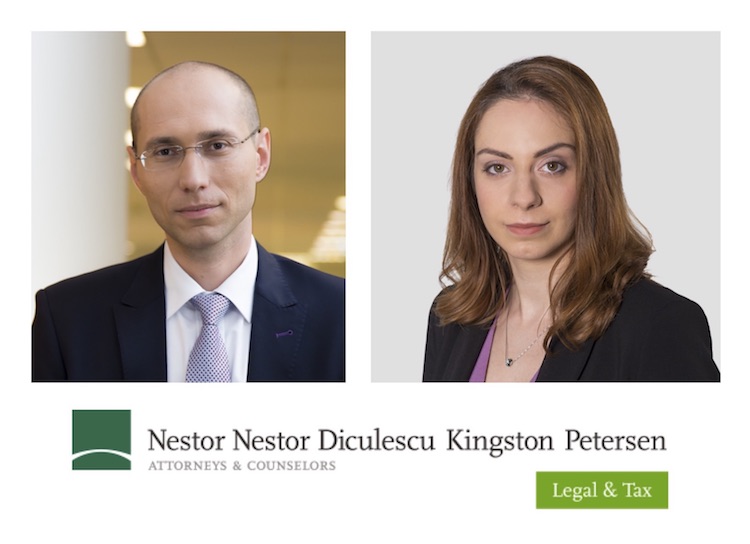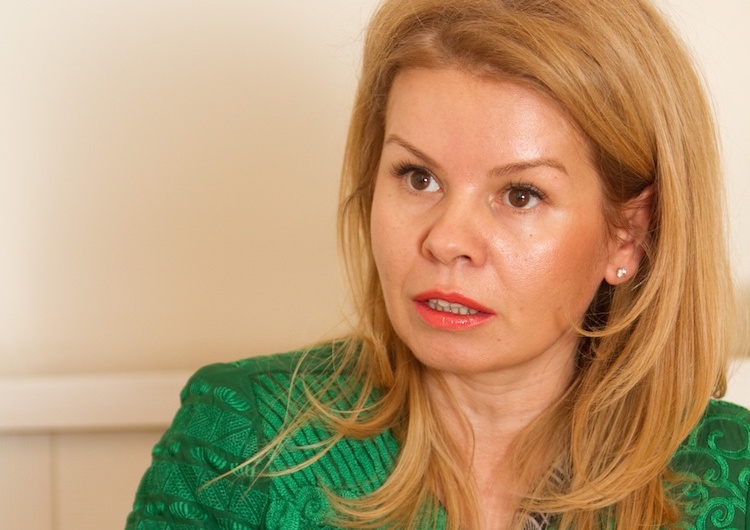Which is Romania's investment potential?

When people talk about Romania’s strong points, its potential is often mentioned: human, geographical or economic. However, getting out of the realm of possibility and into actuality is still the main challenge. To quote the British Prime Minister Winston Churchill, continuous effort – not strength or intelligence – is the key to unlocking our potential
When compared to other Central and Eastern European (CEE) countries from a macroeconomic perspective, Romania looks good. In the World Economic Outlook published by the International Monetary Fund (IMF) in mid April, it was predicted that Romania’s economy would grow by 1.6 percent this year, while the Czech Republic’s economy would expand only by 0.3 percent, Bulgaria’s by 1.2 percent, Poland’s by 1.3 percent and Hungary would show no GDP growth. But while these figures could suggest that Romania can sit back and relax, there is more to do, analysts say.
Difficulties in raising the low absorption rates of EU funds and the slow reform of the large and inefficient state-owned enterprise (SOE) sector are holding back potential growth, according to Fitch’s rating report from April. “In 2012 real GDP grew by 0.7 percent (against the BBB median of 1.9 percent), held back by fiscal consolidation, recession in several of Romania’s eurozone trading partners and a poor agricultural harvest. Fitch expects GDP growth to pick up to 1.2 percent in 2013 and 2.4 percent in 2014, as the fiscal drag moderates.”
The question of whether Romania can still be considered attractive to investors is by no means short of arguments on both sides. Romania still has a competitive advantage over other CEE countries, says Stefan Damian, Deputy Managing Partner at Tuca Zbarcea and Associates. “We still have overall low costs, a skilled workforce, and economic and financial country stability. We overcame the crisis without major issues and we have a stable banking system.” However, some say that other world regions seem to have gained much more attention than CEE countries and that Romania’s low labor costs are no longer a convincing argument. “The advantages are not so appealing anymore when you compare yourself to the North African countries,” says Ovidiu Valeanu, Managing Partner at Gilescu Valeanu Nathanzon & Partenerii CHSH.
Prof. Dr. Joerg K. Menzer, Managing Partner at Noerr Bucharest Office, adds, “International investors from outside Europe have become much more cautious when coming to invest in Europe and thus in Romania. In addition, the markets in Asia and South America are now much more interesting to European investors such as the Germans, French etc. Therefore, investments were and are directed more to these markets with strong growth and potential and are not being carried out inside Europe, and therefore not in Romania either. A good example is the automotive industry, which invests in China and Brazil but only rarely in Europe.” As for the other CEE countries, the Visegrad group (an alliance of the Czech Republic, Hungary, Poland and Slovakia) is starting to become active again, organizing events, and this should sound the alarm and persuade Romania to establish a more dynamic presence in the CEE region as well, says Laurentiu Pachiu, Managing Partner and founder of Pachiu & Associates.
“All countries in the region have basically similar chances to increase their attractiveness in the eyes of foreign investors and have the same available instruments, as international organisms are encouraging them all to improve the attraction of European funds and to continue their reform process,” says Daniel Voicu, Managing Partner at Voicu & Filipescu.
Romania is still on the investors’ map and they have clearly recovered their trust in the potential to expand their businesses in Romania after the latest political tension, which had eroded their confidence, says Mona Musat, Managing Partner at Musat & Partners. “Being an emerging economy, Romania has great potential for PPP projects, involving infrastructure development and repairs, road building and various construction projects for institutional buildings (hospitals, schools, etc.), environmental protection, and so on. Furthermore, the energy sector maintains its VIP position, as major investments have been carried out in the wind and photovoltaic power generation, biogas and hydro power industries.”
Besides the geopolitical reasons that make Romania attractive, a strong advantage is the well qualified and educated workforce, says Cristiana I. Stoica, Founding Partner at STOICA & Associates. “Moreover, the country has a relatively acceptable fiscal treatment of profit and a good legal protection system for property.”
The absorption of EU funds could boost economic growth, Stoica adds. “Even though its potential is below pre-crisis levels, over the medium term the expectation is that it will gradually increase to around 3 or 4 percent. The external environment will remain uncertain and capital inflows will be subdued.”
Investments in 2013: moving beyond intentions?
The level of investments over 2012 and at the beginning of 2013 remains relatively low. Some investments have been announced, but few of them have actually been carried out. “I’ve seen many announced deals, many intentions, many due diligences, but very few which were completed,” says Stefan Damian. “I have not witnessed a strong recovery on the M&A market, but rather a marginal one, more like a kind of a drag-along process – regional deals that involved Romania.”
The plan of the German manufacturer of automobiles, Daimler AG, to invest EUR 300 million in Romania did catch the attention of the market. “The level of investments has significantly decreased in the last few years,” says Gabriel Biris of law firm Biris Goran. “A few companies have fuelled the entire economy, such as Dacia, Petrom, Continental and Delphi. We hope that the promised Daimler investment will be carried out effectively, but I expect the effects to be limited anyhow.”
A big investment generates several smaller ones, says Anda Rojanschi, Partner at D&B David si Baias. “If Daimler builds a factory, it’s expected that Daimler’s suppliers will come to Romania too.”
Exxon and Petrom have started searching for oil and gas in the Romanian portion of the Black Sea and conducted the first drilling operation of the Domino-1 well in the Neptun block at the end of 2011. The result is that more companies specialized in drilling, including offshore drilling, have come to Romania in the last 12 months, according to Rojanschi. “When a company the size of Daimler decides to come to Romania, it increases comfort in the overall perception of the market,” says Stefan Damian. “I don’t think that Romania is necessarily a hotspot for investments, but it has made it onto a sort of shortlist.”
There was a slight increase in Polish investors’ interest in Romania, says Sorin David, Managing Partner of D&B David si Baias. “Traditionally there has been no such interest, but it seems that their market has become more competitive and they are seeking other outbound investments, including in places that are not traditional targets for them. There are also more and more investors from the East, especially China, in certain areas.”
When compared to 2012, 2013 seems to be a better year for investments, especially because of the political stability which was lacking in 2012. “In the last six months the overall perception of Romania has overcome the irritations created in 2012,” says Prof. Dr. Joerg K. Menzer, Managing Partner at Noerr. “Before, Romania was perceived as an interesting country for investment and business opportunities. The political discussions in 2012 combined with the EU crisis tempered this perception and led to fewer investments. Now the interest of major industrial investors, demonstrated by Daimler’s investment decision, is back and increasing. So a stable legal and political environment is of the utmost importance for future development.”
“We witnessed a significant increase in activity in the first six months of 2013” says Gabriel Sidere, Managing Partner, CMS Cameron Mckenna. “Investors’ confidence understandably increased after the elections and there is a tangible overall increased interest in business in Romania.”
Although the renewable sector has been one of the main drivers of the economy in the last few years, the area is experiencing some troubled times, due to the Government’s move to modify the support scheme and reduce the number of green certificates. “The big issue that the lack of certainty creates is that in order to create an energy project, you often need a bank and banks take limited risks, says John Fitzpatrick, Co-head of Corporate and Energy in Romania at CMS Cameron McKenna. “We had several projects that were viable, which just collapsed when it was announced that the regulation was going to change.”
However, there are some important projects in green energy that were announced in 2012 and are now being carried out, says Mircea Jinga, Managing Partner at Jinga Maravela & Asociatii. “A change in the support scheme was predictable, so the real issues for investors were the various rumors and the lack of decision.”
Energy boom: slowed down
Anda Todor, Managing Partner at Dentons Bucharest, thinks that there have always been certain sectors that have enjoyed more attention. “Energy continues to attract interest, not only the renewable energy sector, but the traditional one as well. The sector still has potential, but its evolution largely depends on the policies that are pursued.”
Although the energy sector has slowed in 2013, it still attracts the most investors, so whether this energy boom can be compared to the real estate boom of 2008-2010 may be a legitimate question. “I do not think a parallel can be made between renewable and real estate; it’s too much of a stretch,” says Stefan Damian. “The real estate boom was a mass phenomenon. In green energy we are far from that, but market saturation is still possible. You can call it a sort of mini boom.”
Other sectors that are still interesting to investors include agriculture and the pharma/healthcare sector, according to Anda Todor. Prof. Dr. Joerg K. Menzer thinks that investors in industry, retail and the service industries are still seeking to do business. “There is plenty of room for development in many areas such as agriculture, tourism, services, exploitation of natural resources and transport infrastructure,” says Alina Radu, Partner at Nestor Nestor Diculescu Kingston Petersen.
“While in the past investors were interested in construction and real estate in Romania, we think that now their perspective has changed. Romania is a target for foreign investors in IT, technology and engineering,” says Cristian Gavrila, Managing Partner at Tanasescu Gavrila & Asociatii.
Weather report for the legal sector
With the national economy in 2012 and 2013 so far shifting between cloudy and sunny spells, what is the forecast for the legal sector in the rest of 2013 and what major storms took place last year?
“In 2012, I think there was was an adjustment trend, a sort of an opportunistic dynamic,” says Sorin David, Managing Partner of D&B David si Baias. “Numerically there were more transactions, but the volume was no higher than in 2011. There were no spectacular mergers. Disputes continued to be an important source of income. As for the industries, there was a big interest in renewable energy. In the field of traditional energy, oil & gas companies came to Romania to carry out explorations.”
“I think the 2012/2013 period confirms that the market has entered a kind of stability, inertia, as there are fewer spectacular developments,” says Cosmin Vasile, Partner at Zamfirescu, Racoti & Partners.
Anda Todor of Salans agrees that there have been no major changes on the legal market in 2013, except for in the green energy sector, where the mooted change in the support scheme slowed down the implementation of projects.
The crisis led to a reorganization of the legal firms along lines that will be hard to beat, according to Doru Catalin Bostina, Managing Partner at Bostina & Associates. “We are facing a restructured market, consisting of three levels: on the first level are the small firms, the individual offices that have adapted, survived and now live with less and have a few anchor customers. On the second level are the medium-sized companies, which had growth potential before the crisis killed it off, so they were the worst hit by the crisis. Then you have the first level with about ten to fifteen big legal companies.”
However, not everybody shares this bleak view regarding the destiny of the medium-sized companies. Alina Popescu, Partner at Jinga Maravela & Asociatii, considers that there has been an increase in the number of medium-sized legal firms over 2012-2013. “In a crisis, a medium-sized firm offers greater flexibility and this has started to become visible in the legal rankings, where medium-sized firms display considerable portfolios and are climbing the tiers.”
“The state is involved in the most important projects on the legal market, if we look at the privatization projects, at insolvencies, restructurings etc., and only a limited number of firms have the opportunity to work on such projects” Gabriel Biris comments. “The legal market for private-to-private contracts has been restrained, and many law firms are suffering because of this.”
A trend which has emerged in the legal business since August 2012 is the phenomenon of migration, which has seen a lot of young lawyers leaving their law firms and opening their own practices, says Bogdan Grosu, Managing Partner at Grosu & Associates. “For most of them, sustainability is not a big issue, and they are rather speculative, but it is the sustainability element that saves you when things change. It’s like on the stock market. If you don’t select ‘Stop Losses’ you risk losing in one year everything you had earned over the previous years.”
Mircea Jinga, Managing Partner at Jinga Maravela & Asociatii, believes that in 2012 and 2013, energy has been the star of the legal market. “As for the developments on the legal market, a specialization in specific areas of energy, especially photovoltaic, was needed.”
Litigation has been another area of great importance in the legal sector over the last year. “Disputes became the star sometime between 2009 and 2010,” says Cosmin Vasile, Partner at Zamfirescu, Racoti & Partners. “Lawyers acting in the litigation field are among the busiest in the office.”
All told, it seems that while many companies have ceased trading, insolvencies are widespread and the economy struggles to recover after the crisis, the legal sector has successfully adapted to this new climate and developed practice areas such as litigation and energy, which played less of a role prior to 2009.
this article appeared in the 2013 edition of Which Lawyer in Romania






